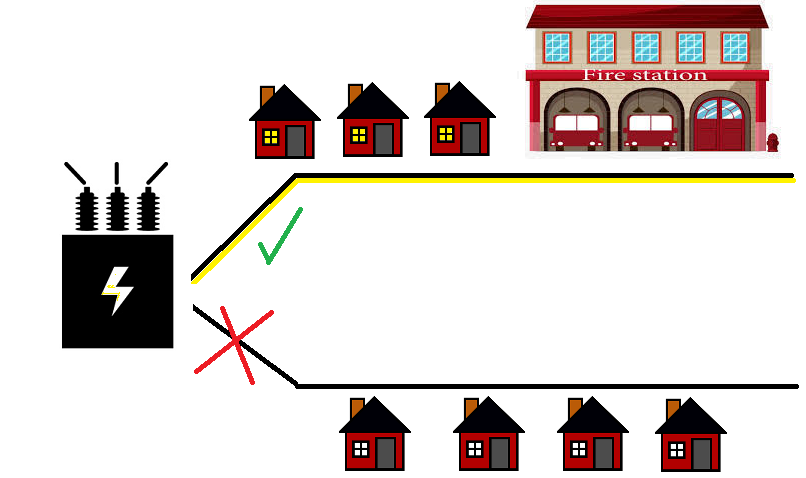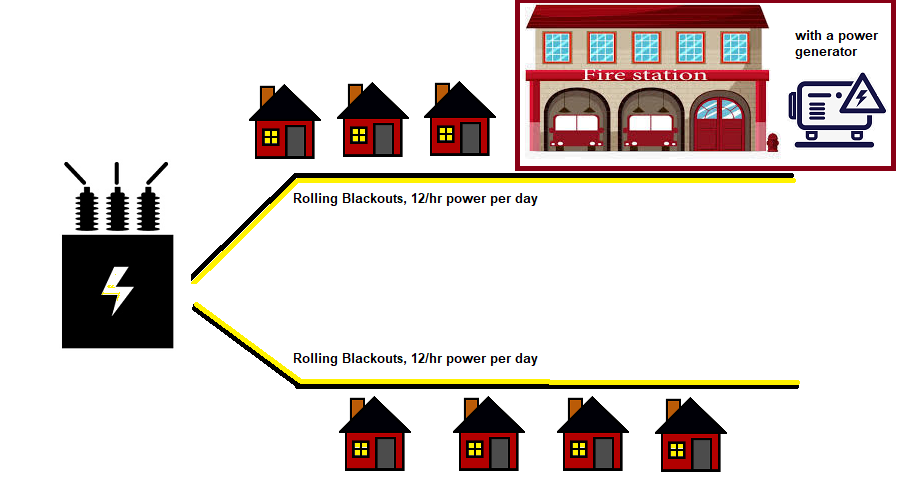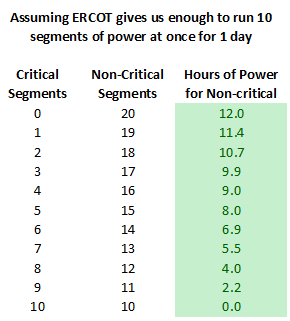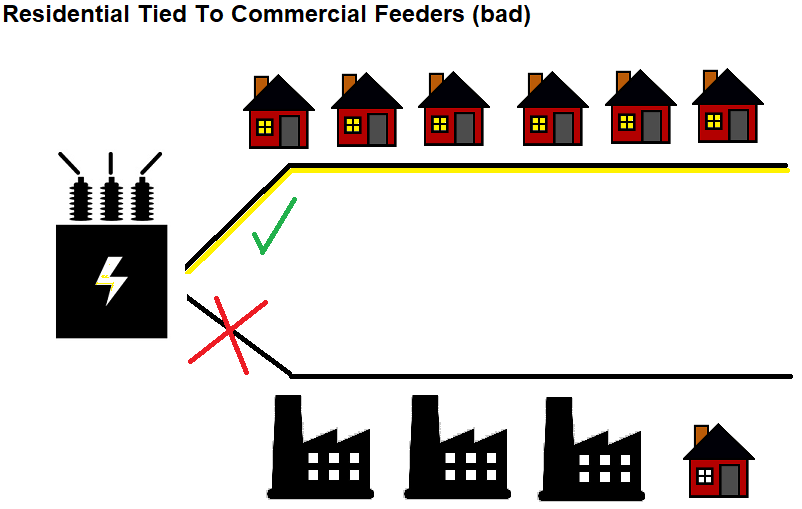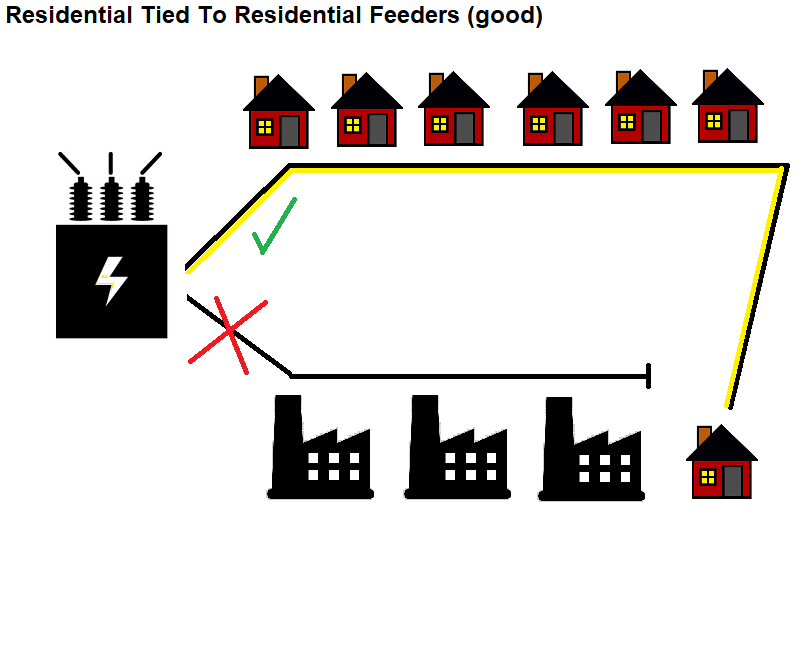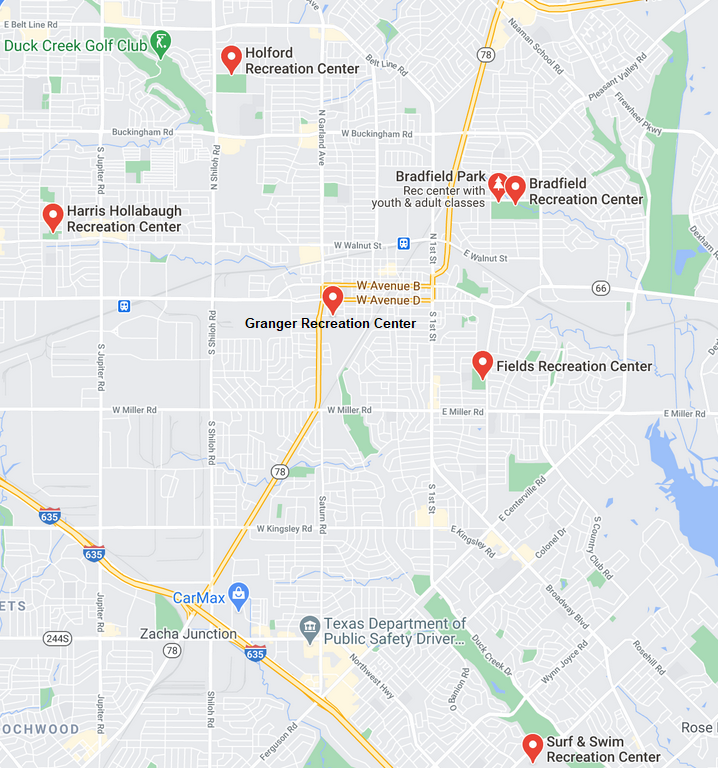
With the latest winter storm plunging Texas into a once-in-a-generation grid failure, we’ve all scrambled to try and plan our water, meals, shelter, and medications around when the power is on. So far, ERCOT (Energy Reliability Council of Texas) has been unable to guarantee power levels throughout the state, but it is getting significantly better. As we get to the end of the initial crisis, I’ve been going back into my inbox and social media accounts and re-reading all of the personal stories, complaints, and successes so that we know how to prepare for the next time. To recap, here’s how we got to where we are now.
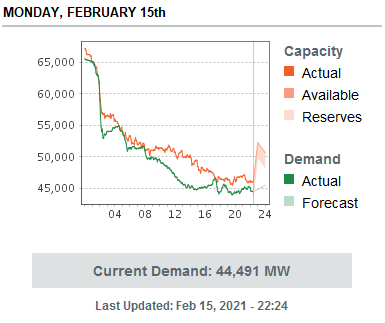
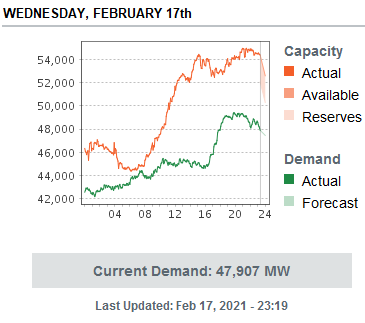
Our state power usage is measured in thousands of megawatts (MW). Usually we can produce 65-75k MW at full capacity. As of Wednesday morning, the combined effort of all power generating stations in the state was 47k MW with demand estimated to be 70k MW. Something had to give.
At several points throughout the last few days, ERCOT has only allocated us enough power to keep critical infrastructure turned on, and nothing else.
There will be hundreds of articles that cover the grid and its failures over the next few months. From what I understand, we had failures in natural gas supply and market price, frozen wind turbines, snow-covered solar panels, and transmission delivery failure from a large nuclear plant. There’s a lot of blame to go around, and each of our main sources of energy were impacted in unique ways. I believe that we need a greater base electric supply that isn’t as subject to market pressure, and we need further hardening and winterizing of our generation and transmission assets. But setting that aside for now, let’s discuss something I can help control, which is our local response.
We need to position ourselves better to manage the next crisis. I’ve grouped my thoughts into three categories:
- Communications
- Critical Infrastructure Management
- Community Shelter
Communications
While the grid has failed us as a state, we have failed you in communications.
We have a number of distinct departments that are all working through their issues, but what we as a city haven’t delivered is a unified communications platform for all of these things to come together and give you the full picture so that you can make decisions for yourself and your family. The city council shouldn’t be acting as public information officers for the various departments- that creates confusion as we don’t all get the same information, or we get it at different times. Over the coming months I will work with staff and my colleagues on council to build that centralized platform and process.
We’ve provided no predictability in our outages, and no visualization of what those outages look like. If you’re an Oncor customer, there’s a block-level outage map. When I checked our map recently we were reporting no outages at all. That can’t continue. I’ll work to provide better real-time data to the public so that you can know what businesses and other facilities have available power. While we may not have been able to predict ERCOT power reduction demands, we should have had a cadence of regular communications that stated what we did and didn’t know from the first hour of trouble.
Our communications provider, Frontier, has had significant challenges in keeping critical phone systems online like those going to GP&L customer service, and a few of the surrounding cities 911 systems. That issue will take a lot of work to resolve.
GP&L phone systems did not provide a recorded message with instructions, and at one point we went half a day without any updates for our customers. I’d like for us to have geographically redundant websites on multiple carriers so that we will all have a better chance of reaching critical information in an emergency. I want an emergency message ready to go so that all we have to do is push a proverbial button to drop into disaster recovery mode.
The bottom line is that you shouldn’t have to beg your local government or power company for information just to find out what’s going on. It’s 2021. We have to be better at this.
Critical Infrastructure
ERCOT took the extraordinary step of ordering power companies to cut power usage by turning large segments of customers off. By law, GP&L has to obey that demand. To further complicate matters, we have buildings known as ‘critical infrastructure’ that have to be left powered on. This means that we leave an entire segment of power line energized to feed one or more critical buildings. Examples of critical buildings might be water treatment plants, water pumping stations, traffic control nodes, water towers, fire stations, hospitals, etc. Some of you may notice that your neighbor across the street has had power this entire time, and you haven’t. It is likely that they are tied to the same power line as a critical service building:
If we have to energize 600 homes to support a fire station, that means we can’t energize a different block of 600 homes. That’s a problem. The City of Garland has to take steps to enable Garland Power and Light to be more flexible. Strategic investment in on-site generators and fuel tanks for our mission-critical facilities can help give us the flexibility to truly have a ‘rolling blackout’ instead of just a ‘blackout’:
In this scenario, I call a ‘critical segment’ a power feed that has a critical building on it, which causes it receive priority power. [I’d like to take this time to apologize to every math teacher in my past who I may have criticized for giving me complicated word problems. You are right, I AM using this in life, and I am sorry.] If we reduce the number of critical segments by 1, given a set amount of power, what would the impact be to non-critical segments?
The fewer ‘critical segments’ we have, the more we can move the power around and the longer each segment gets to have power.
We also have to rethink which properties are on our power segments and strategically connect them for cases like this to maximize power to every home. We have situations now where residential property is on the same segment as commercial property (which is lower priority than residential). We have to go back and ensure that residential properties are on residential segments throughout the city.
I know that if my power is up and down in 6 hour increments, the likelihood of a water pipe breaking inside of my house is much, much less than if I’m down for 12 or 24 hours continuously. We have to maximize power delivery at every level.
Not all segments of power pull the same load, have the same number of houses, or even have the same efficiency. But the general idea is that more people benefit if we have the ability to move power around more freely.
We have the ability to either introduce standalone generation at isolated critical infrastructure buildings, or revisit our transmission and distribution system design to minimize the number of critical feeders. One word of caution is that the tradeoff of putting more critical buildings on a single segment is that the impact is greater when you lose that segment. We’ll need to ensure we don’t have a knee-jerk reaction to this crisis, step carefully through the design, and make hard choices to balance our risk.
Additionally, we need to FULLY understand why some segments received substantially more power than others. I’ve listed a number of reasons above, but we need a thorough examination of our policies and what the thoughts were of our staff over the past few days. Power companies don’t design their transmission layout with this type of whole grid failure in mind, but it doesn’t mean that we can’t go back and optimize it now. We’re going to spend a lot of time working transparently on this specific issue.
Community Shelter
I think it is reasonable to expect the city to have facilities that can run on generator for a few days at a time. We’ve seen a need for this during the past two tornadoes, and in times where specific areas might need to be evacuated for events like gas leaks. We have one recreation center undergoing renovation right now (Audubon), and two more scheduled for capital improvement in the next few years (Holford, Hollabaugh). On Monday night during our CIP discussion, I’ll propose adding stand-alone power generation capacity to all three bond-funded rec center projects, and to Gale Fields, Bradfield, and Central Park as smaller one-off projects where we can fit them in. Based on the geographic distribution of the centers, availability of kitchens and bathrooms, and large, open gym floors, it makes sense to me for the centers to double as short term emergency shelters. This will create an ongoing expense for fuel, maintenance, and eventual replacement of the generators. But I think it’s an expense that makes sense for the community.
Conclusions
It is being said that this is a once in a lifetime event. That’s possible. It’s also possible that we’ll see this or something like it again in the coming years. We need to tighten up our approach on communications and carefully examine the way we deliver energy. We need to maximize the ability to get power to every home, even if it’s only rotating through for short amounts of time. We need self-sufficient nodes throughout the city that can act as warming and cooling centers in times of disaster. We have a lot of work to do. I’m grateful to those that have reached out to share your concerns and your individual challenges. I’m looking forward to working with you as we dissect this event, discover everything that went wrong, and put forward a new model to handle it better the next time a disaster comes our way.
-RJS
